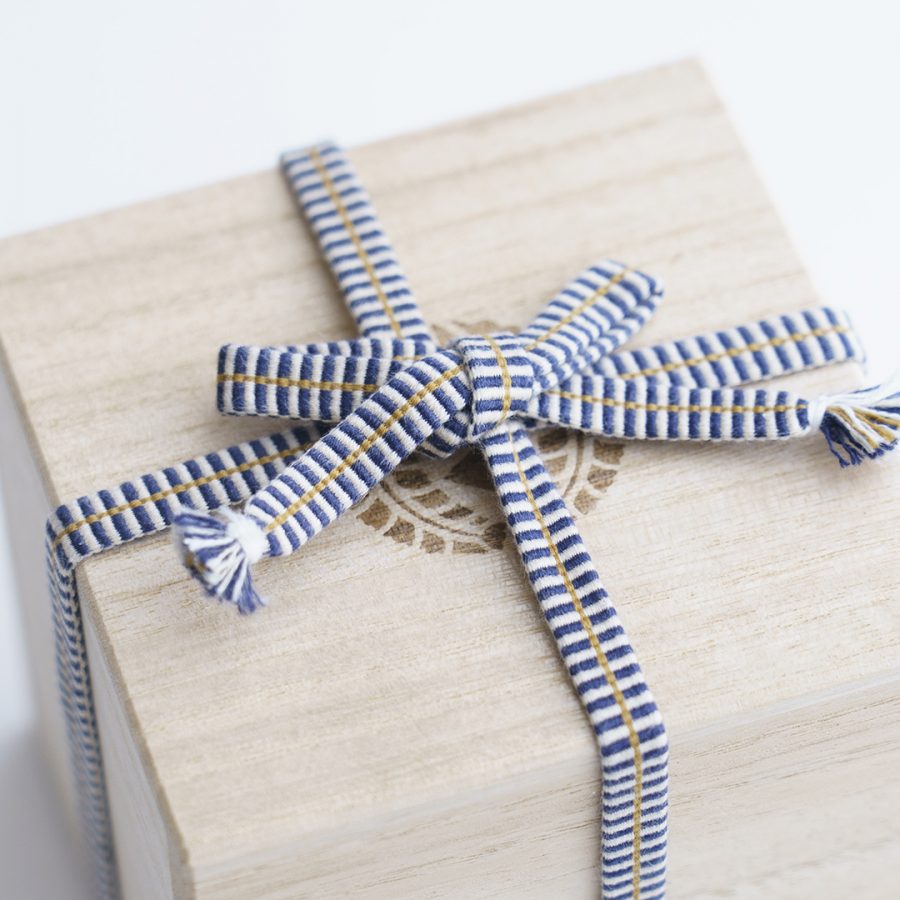2021.10.23
The “Sanada-himo” Attracted Tea Ceremony and Martial Arts Masters

The Sanada-himo braid appeals to a number of people with its graceful colors and various patterns. This Japanese traditional braid, flatly woven with warp and woof, is sturdy and barely stretchable compared to regular braids and has been used for a number of purposes, including as threads to wrap around sake vessel boxes, sword knots, and for securing armour to the body. Tea master Sen-no-Rikyu took particular note of the beauty and functionality of the braid about 450 years ago and used it for fastening tea ceremony equipment boxes made of Paulownia wood.
The Sanada-himo braid has been used as an everyday tool since ancient times, and there are various stories concerning its origin. The major theories include those that the braid was invented by the father-and-son feudal warlords, Masayuki and Yukimura Sanada, and that it originated from a Tibetan textile called “sanaar,” first imported in the Kamakura and Heian eras.
Because of its excellent design, the braid is used today for chair cushions, bags, and accessories like bracelets.